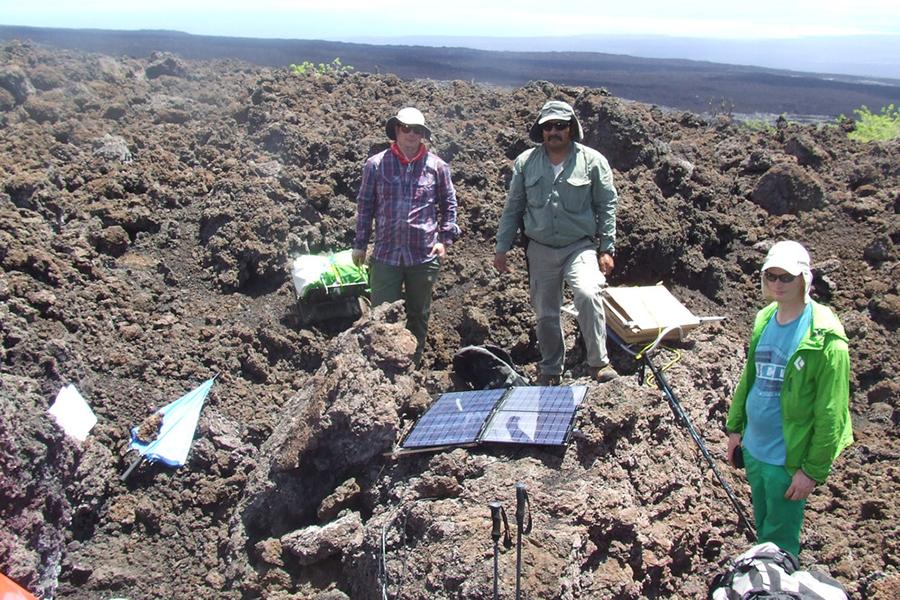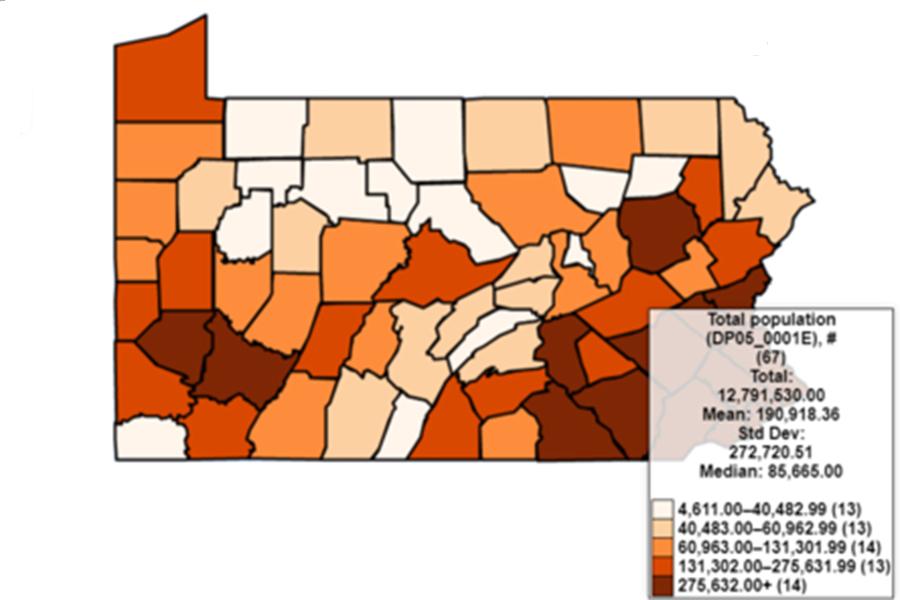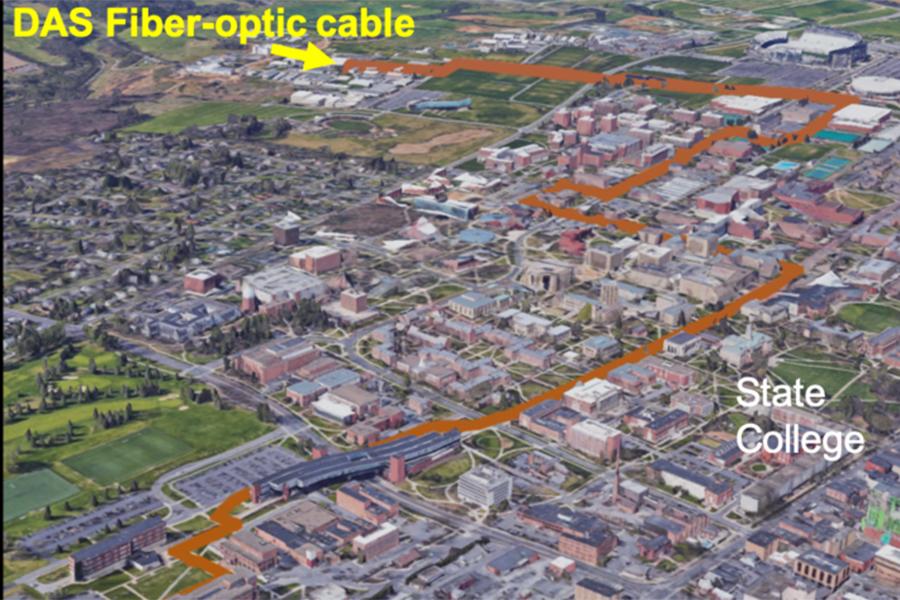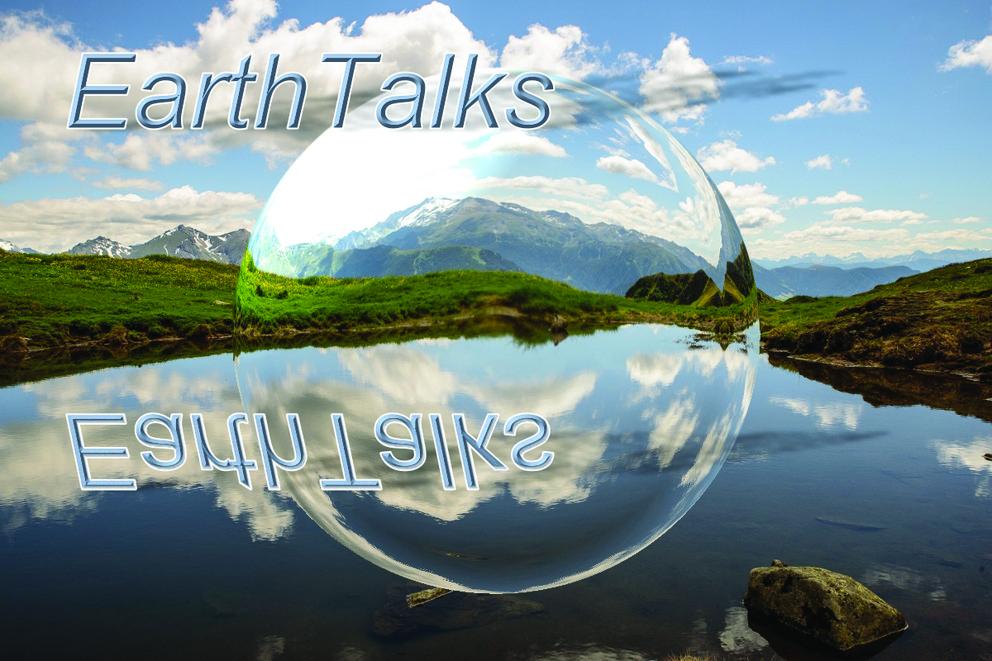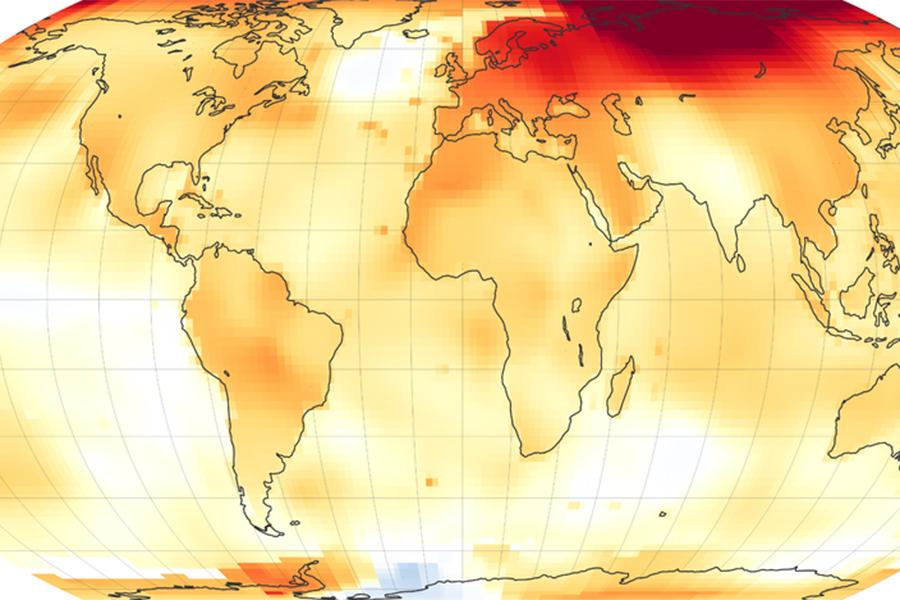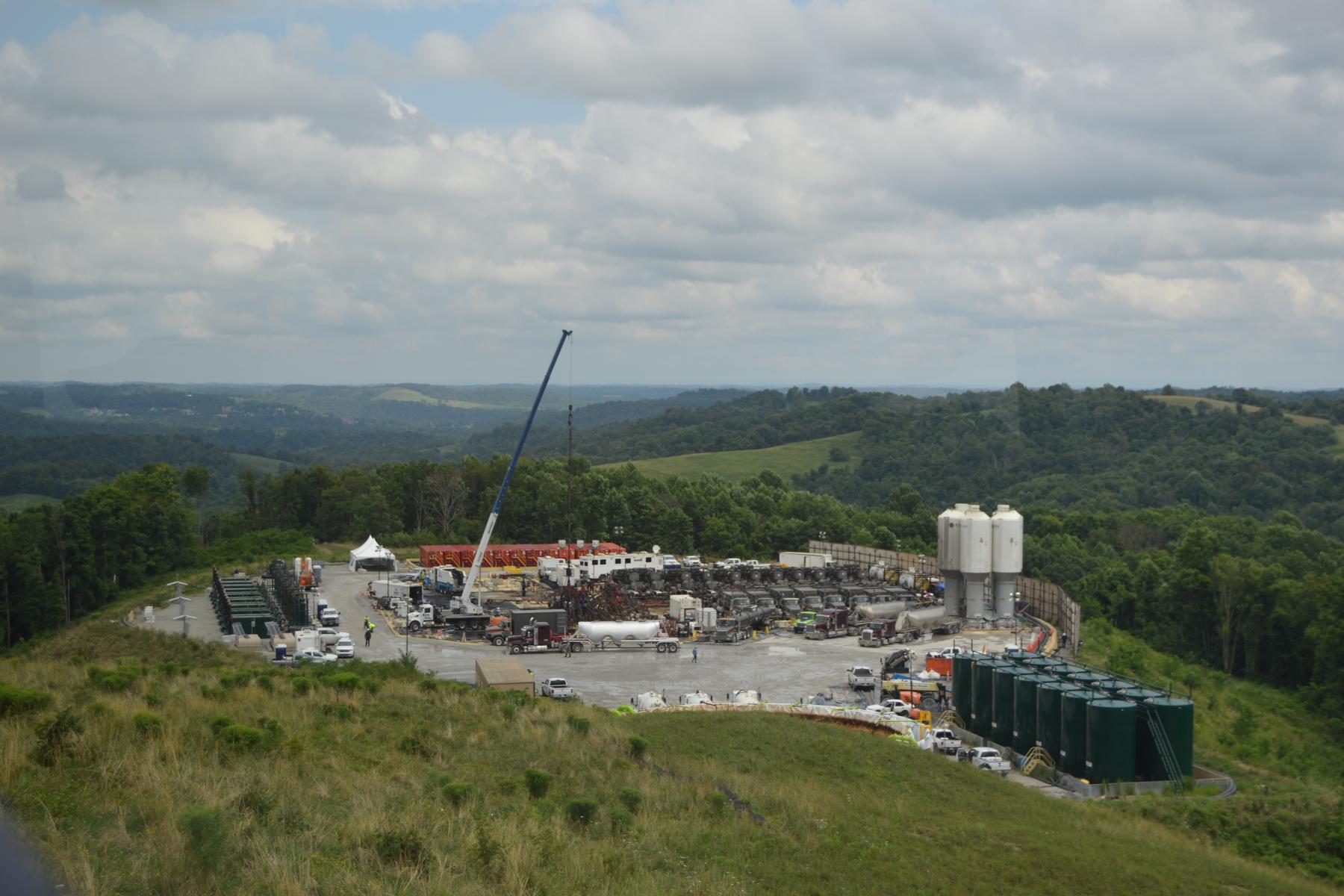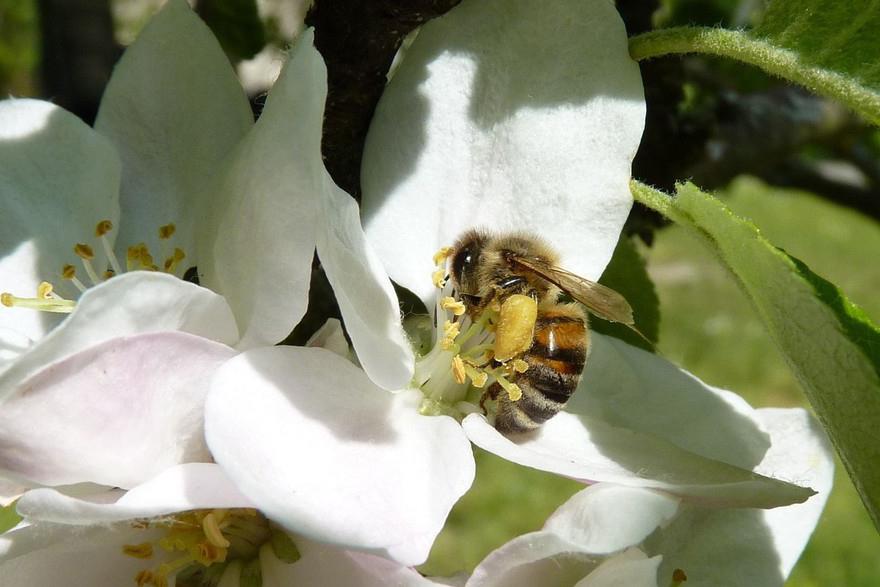Read the latest news about research conducted by investigators in the College of Earth and Mineral Sciences. Our faculty and students are continually advancing technology, creating solutions and expanding knowledge with new and innovative research.
News
Scientists are using networks of ground-based seismic and GPS monitoring stations and satellite observations to observe the Sierra Negra.
Recent Master of Geographic Information Systems graduate Nate Geyer has always been interested in epidemiology and geography. As a research support assistant in the Department of Public Health Sciences in the College of Medicine, he was able to put those interests together by creating a new version of the LionVu cancer mapping tool.
Scientists are using fiber-optic distributed acoustic sensing (DAS) technology to turn existing telecommunication infrastructure that is already installed underground into a valuable resource for monitoring ground vibrations.
Esther Obonyo, associate professor of engineering design and architectural engineering at Penn State, will discuss ways to reduce the carbon footprint of the built environment at 4 p.m. Monday, March 1.
Jose D. Fuentes, professor of atmospheric science at Penn State, will discuss climate change in the Arctic and trace-gas cycles at 11:15 a.m. on Wednesday, March 3.
Air pollution levels may have exceeded air quality standards during the development of some Marcellus Shale natural gas wells in Pennsylvania, potentially impacting more than 36,000 people in one year alone during the drilling boom, according to Penn State scientists.
Two-dimensional materials can be used to create smaller, high-performance transistors traditionally made of silicon, according to Saptarshi Das.
Piezoelectric materials hold great promise as sensors and as energy harvesters but are normally much less effective at high temperatures, limiting their use in environments such as engines or space exploration.
Winter survival of honey bee colonies is strongly influenced by summer temperatures and precipitation in the prior year, according to Penn State researchers, who said their findings suggest that honey bees have a "goldilocks" preferred range of summer conditions outside of which their probability of surviving the winter falls.
A new analysis of nearly two decades of satellite data shows that economic development, fossil-fuel combustion and air quality are closely linked on the continental and national scales, but can be decoupled at the national level, according to Penn State scientists.



